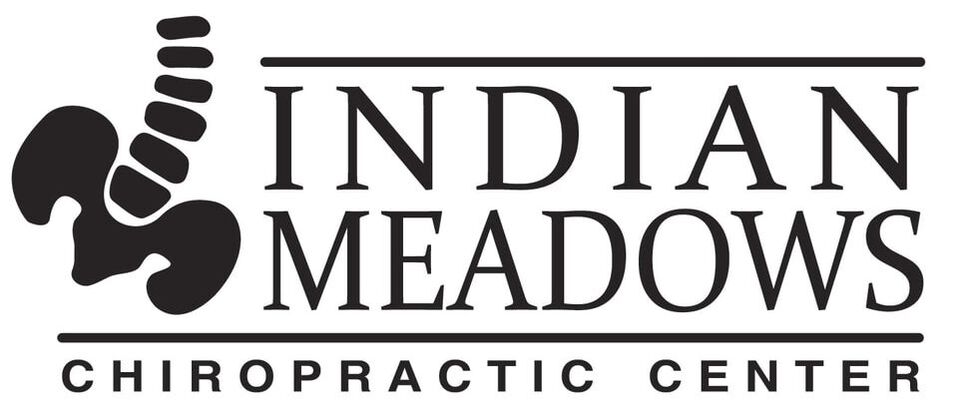Do chiropractors treat conditions other than back pain?
Chiropractors provide effective treatment for all types of soft tissue disorders and not just back and neck ailments. This includes conditions of the joints of the extremities like the ankle, knee and shoulder. What you may not be aware of is chiropractic's success in treating a number of non-soft tissue conditions like dysmenorrhea (painful menses), ulcers, migraine headaches, and ear infections in children.
While we cannot claim to cure these conditions, we believe that many of these problems can be mimicked, aggravated and some times caused by disruptions in the nervous system as a result of spinal abnormalities. By correcting these spinal abnormalities like the vertebral subluxation, chiropractic has helped thousands of individuals overcome these conditions and regain control of their lives.
A number of studies have also supported these findings. In one such study, spinal manipulative therapy was compared with standard medical treatments in the treatment of duodenal ulcers. The researchers Pikalov, MD, and Kharin, MD, found those subjects receiving spinal manipulations took an average of 16 days to heal vs. 26 days to heal in the standard medical treatment group. JMPT 1994;17(5):310-313
While we cannot claim to cure these conditions, we believe that many of these problems can be mimicked, aggravated and some times caused by disruptions in the nervous system as a result of spinal abnormalities. By correcting these spinal abnormalities like the vertebral subluxation, chiropractic has helped thousands of individuals overcome these conditions and regain control of their lives.
A number of studies have also supported these findings. In one such study, spinal manipulative therapy was compared with standard medical treatments in the treatment of duodenal ulcers. The researchers Pikalov, MD, and Kharin, MD, found those subjects receiving spinal manipulations took an average of 16 days to heal vs. 26 days to heal in the standard medical treatment group. JMPT 1994;17(5):310-313

